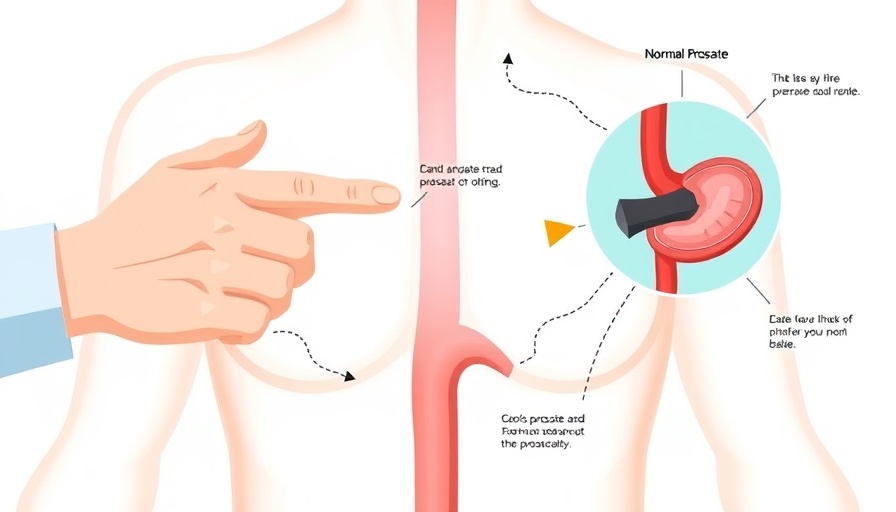
Can We Truly Rewire Our Brains After Injuries?
In recent years, the conversation surrounding brain injuries and recovery has taken a transformative turn. Innovations in neuroscience have led to groundbreaking research on neuroplasticity, the brain's remarkable ability to adapt and reorganize itself following trauma. This phenomenon is particularly vital for individuals recovering from spinal cord injuries, as it opens up new pathways for rehabilitation.
In the video Can You Rewire the Brain After Injury?, the discussion delves into the potential of electrical stimulation in brain recovery, prompting us to investigate further its implications and breakthroughs.
Understanding the Mechanisms of Brain Injury
Brain injuries can disrupt the delicate network of neural pathways that control motor functions. Imagine a bustling highway where an accident has blocked several lanes; traffic needs to find alternative routes to keep moving. Similarly, our brains seek new pathways to restore functionality after being injured. Researchers have been investigating ways to leverage existing pathways, particularly sensory routes, to send signals that can help regain lost motor functions.
Exploring Electrical Stimulation Techniques
This exploration of electrical stimulation is at the forefront of neurological research. By applying targeted stimulation to specific areas of the brain, scientists believe they can enhance the functionality of damaged pathways. The idea is similar to how an athlete might use drills to train their muscles; the brain can also be trained to improve its responses and functionalities post-injury.
Real-Life Applications: Success Stories
There have been remarkable success stories where individuals with spinal cord injuries have regained some motor control through this innovative approach. For example, patients with implants that stimulate the brain have reported significant improvements in their ability to move limbs, showcasing the exciting potential of these technologies. These advancements not only provide hope for recovery but also challenge our understanding of brain adaptability.
The Role of Therapy and Rehabilitation
While electrical stimulation plays a crucial role, the integration of therapy is equally important. Rehabilitation programs that incorporate physical therapy alongside brain stimulation are essential for maximizing recovery outcomes. Therapists can guide patients through exercises that align with the stimulation, reinforcing pathways in the brain to function better.
Future Predictions: Where Neuroscience is Headed
The future of using electrical stimulation in combination with therapy looks promising, but it's essential to acknowledge the limitations. Not every patient will experience the same level of recovery, and ongoing research will help determine who might benefit the most from these interventions. Predictions suggest that as technology continues to advance, new methods will emerge that could dramatically improve rehabilitation strategies.
Addressing Misconceptions and Challenges
A common misconception is that once brain damage occurs, recovery is impossible. This idea can be disheartening for many, but understanding neuroplasticity provides a more hopeful perspective. It’s important to recognize that recovery can be a long, individualized process where the support of healthcare providers, family, and friends can make a tremendous difference.
Empowering Through Knowledge: What We Can Do
Education plays a vital role in recovery. Understanding the mechanisms of brain injury and rehabilitation can empower patients and their families to engage actively in the recovery process. Setting realistic goals, maintaining a positive attitude, and being persistent can all contribute to better outcomes.
The Emotional and Social Impact of Recovery
The emotional toll of dealing with a brain or spinal cord injury can be substantial. The ups and downs of recovery can create feelings of frustration and helplessness. Therefore, fostering a supportive community through support groups and counseling can help patients share their experiences, uplifting each other through common challenges.
In the video Can You Rewire the Brain After Injury?, the riveting exploration of how electrical stimulation can aid in motor recovery after injury unveils fascinating insights into the dynamic capabilities of our brains. Such discussions spark important analyses about ongoing research and its implications for patients and healthcare professionals alike.
 Add Row
Add Row  Add
Add 




Write A Comment